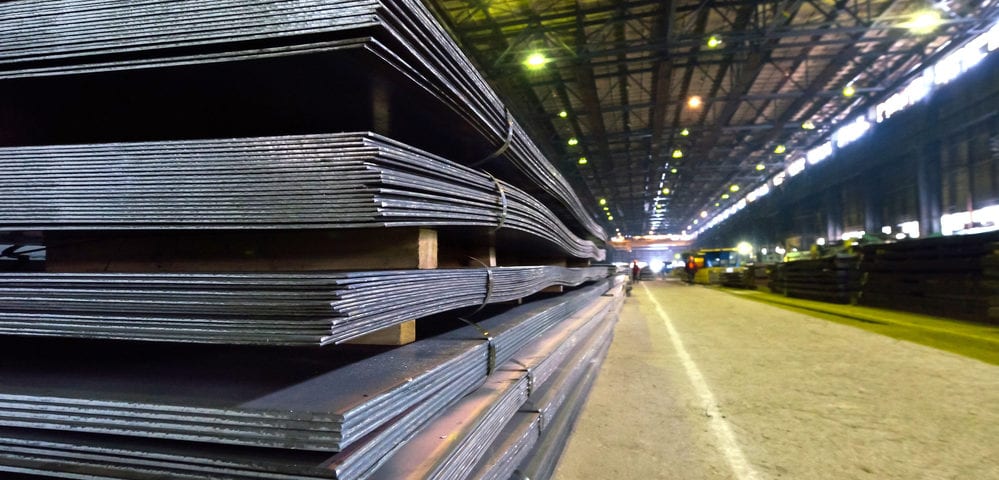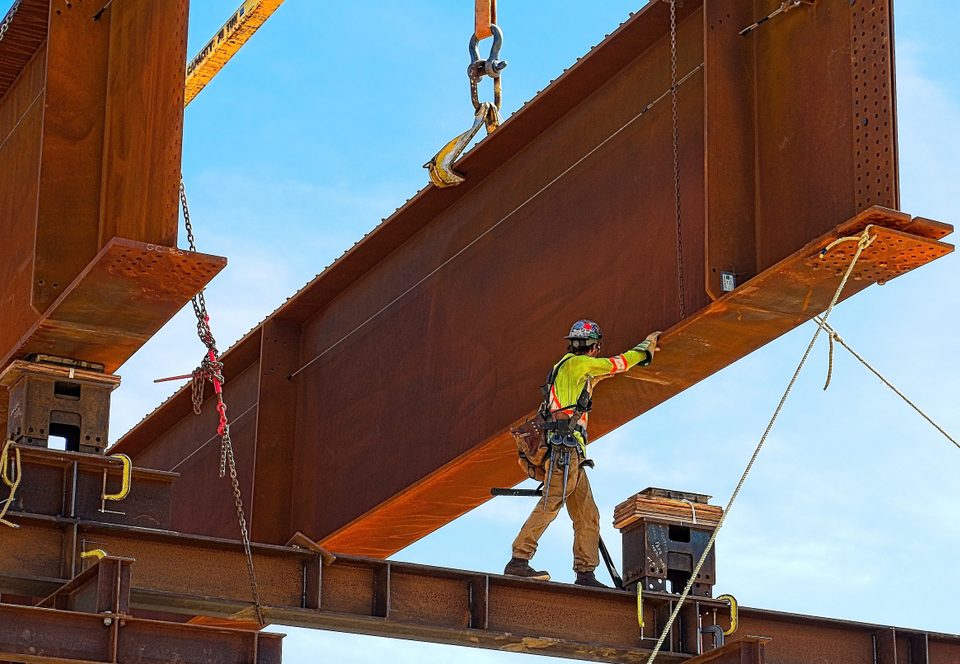Types, Benefits and Drawbacks of Steel Material Removal, Part 1

Creating a Magnetic Board Using Carbon Steel Sheet
August 2, 2019
Types, Benefits and Drawbacks of Steel Material Removal, Part 2
August 16, 2019When various forms of metal plate or sheet are manufactured, including steel formats, various fabrication methods might be used. This can include a variety of operations, one of which is broadly known as material removal – when holes or other small gaps in the metal are created for one of several possible purposes.
At Wasatch Steel, we’re proud to offer several steel services to help you get the precise steel specifications you require for your next project, including material removal options. Generally speaking, there are three forms of material removal: Notching, hole punching and drilling formats. This two-part blog will start by simply defining each form, then will continue in part two with a look at the benefits and drawbacks of each type for your needs.
Notching
Notching of metal is known as a shearing process, one that uses hardened sharpening tools to create the gaps in the metal. It’s very similar to hole punching, which we’ll go over below – this is a simple mechanical process where force is applied using these sharpening tools to remove the materials you want gone.
One major difference between notching and hole punching, however, is the location of the process. Notching is only meant for the outside boundaries of steel or any other metal material, rather than within the perimeter of sheet stock or plate. For this reason, notching is most commonly used to prepare metal for an additional bending or forming operation.
Hole Punching
As we noted, hole punching is also a shearing process that uses hardened tools with sharp edges. Hole punching can be used within the perimeter of sheet stock or plate, unlike notching, which can only be done on the outside.
Hole punching force can come in a few different formats: Hydraulic, electrical pneumatic or even manual physical force. The shape of the tools used for this process will depend almost entirely on your desired hole shape and size.
Drilling
Finally, the most useful non-shearing process for material removal in steel is drilling, which uses a drill bit to remove material instead. In many cases, the drill bit will contain flutes in it, plus potentially some other features depending on your job type.
During the drilling process, the drill bit will be spun at a high rate of speed while its edges remove metal volume. In most situations, drilling will be done using a drill press, a machine that applies the proper amount of force needed. There are other machines that might be used instead of the drill press in certain applications, though, including hand drilling for certain projects.
For more on the different forms of material removal, or to learn about any of our steel products or steel shop services, contact the staff at Wasatch Steel today.



